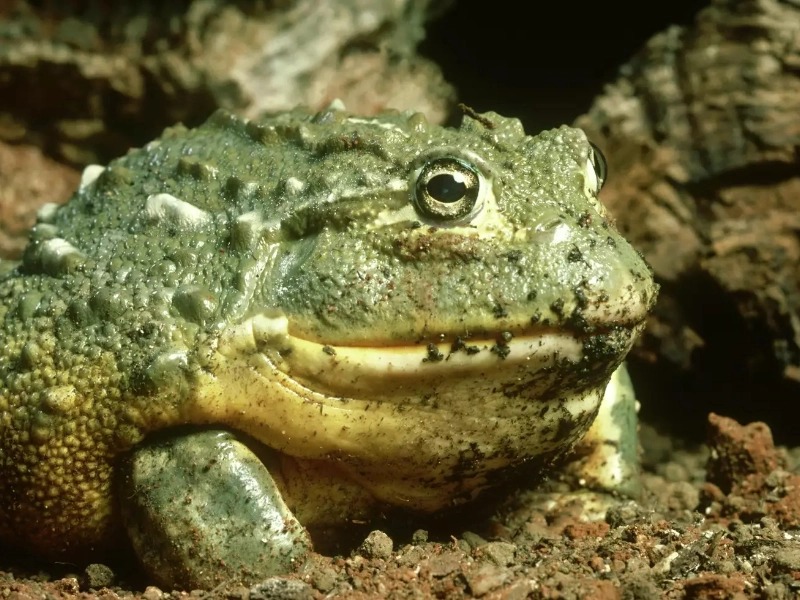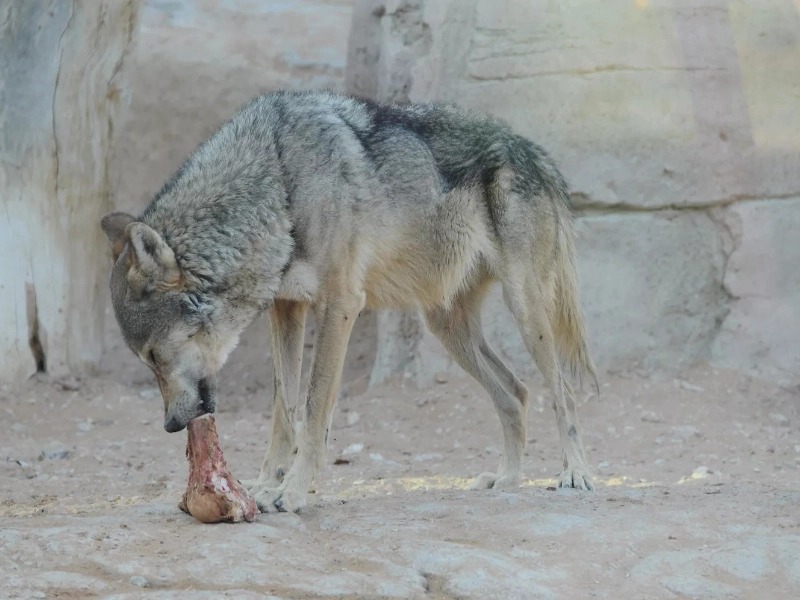
17 Animals Amazingly Adapted to Thrive in Deserts
By • Last Updated5. Arabian Wolf

Scientifically known as Canis lupus arabs, the Arabian wolf is a fascinating subspecies of the grey wolf that has remarkably adapted to the challenging conditions of the Arabian Peninsula. Weighing around forty pounds, this wolf is smaller than its northern relatives, yet its unique adaptations enable it to thrive in a habitat characterized by high temperatures and limited resources. For those intrigued by desert ecosystems, the Arabian wolf presents a captivating study due to its physical traits, hunting methods, and social behaviors.
One of the most striking adaptations of the Arabian wolf is its coat. In the cooler months, the wolf develops a longer, thicker coat to insulate against the chilly nighttime temperatures. Conversely, during the scorching summer months, its coat shortens, aiding in body temperature regulation. The longer fur along its back provides some shade from the intense sun, while the shorter fur elsewhere helps prevent overheating. This ability to adjust its coat length according to seasonal changes is crucial for survival in an environment with extreme temperature variations.
The Arabian wolf’s large ears serve multiple purposes. Not only do they enhance its hearing, but they also help dissipate body heat, allowing the wolf to identify prey from a distance. This adaptation is vital for survival in the desert, as it helps the wolf regulate its body temperature by increasing the surface area for heat loss.
Additionally, the Arabian wolf has developed the habit of digging deep dens in the ground, providing a cool refuge from the extreme heat during the hottest parts of the day. As a carnivorous predator, the Arabian wolf has a varied diet that includes small birds, reptiles, and mammals, as well as larger prey such as gazelles and ibexes. This dietary flexibility allows the wolf to adapt to fluctuating food availability, which can vary greatly with the seasons.
Typically hunting alone or in small family groups, the Arabian wolf relies on its acute senses and stealth to approach unsuspecting prey. Its hunting strategies often require endurance and patience, as the wolf may need to cover large distances in search of food before successfully capturing it.
While the Arabian wolf cannot survive without water, it has evolved to cope with the arid desert environment. It tends to inhabit areas where sporadic water sources are available, such as gravel plains and the edges of the desert. Additionally, it can obtain moisture from the prey it consumes, allowing it to thrive even in conditions of limited water availability.
In summary, the Arabian wolf exemplifies remarkable adaptations for desert life. Its physical characteristics, hunting techniques, and ability to endure harsh conditions highlight the species’ resilience. Understanding the unique adaptations of this subspecies is crucial for ensuring its survival and the preservation of the fragile ecosystems it inhabits, especially as conservation efforts continue to focus on protecting this remarkable animal.